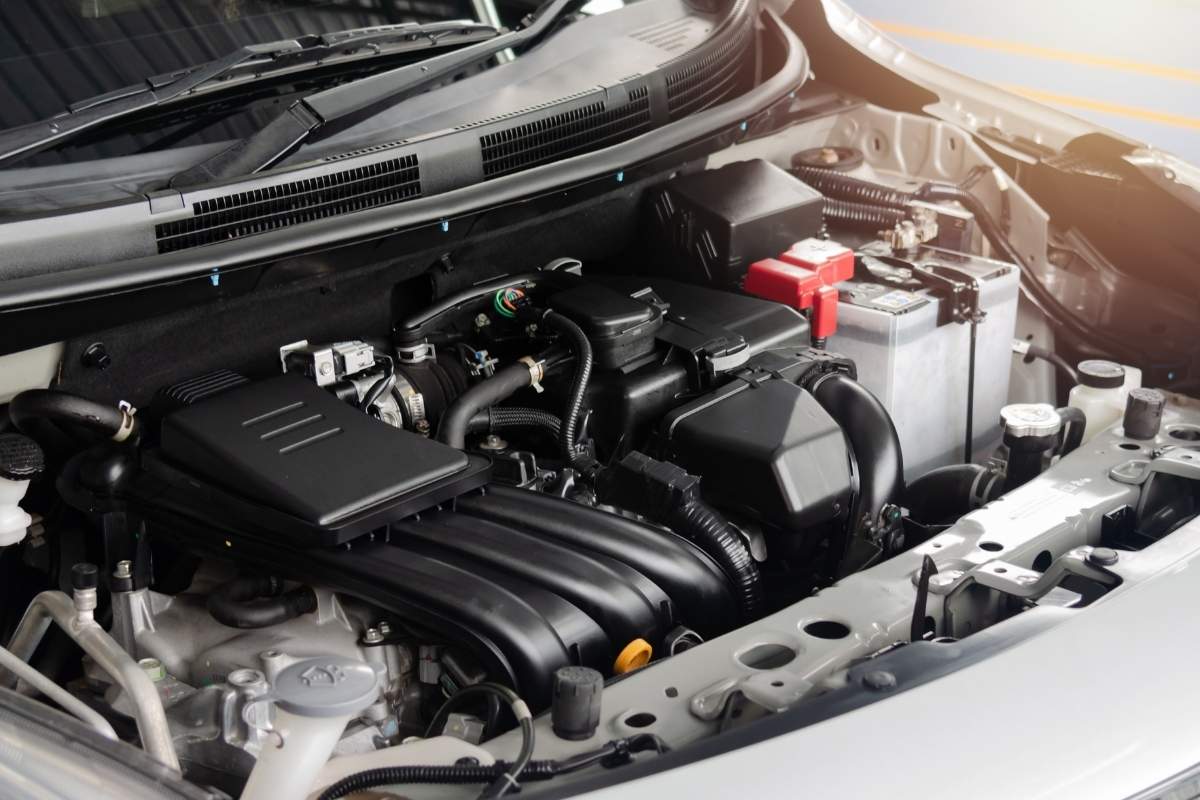Iconic Japanese engines. Wankiel, VTEC, RB26DETT and Co.
The last decades of the 20th century can be safely called the golden age of the automotive industry. The fantasy of engineers not only seemed to have no boundaries, but was also not blocked by accountants. Each manufacturer offered cars for the people and cars that crossed borders. It was no different in Japan, where the seemingly calm and self-contained inhabitants of the cherry blossom country created cars that are still dreamed of by car lovers after nights.
Wankl engine - Mazda's engineering extravaganza
Although the rotary engine is a German invention, created by Felix Wankel, only Mazda had the courage to use it in its cars. How does the Wankel engine work? Its construction is quite unusual, since in a standard piston engine the pistons move vertically, and here we have a piston in a shape close to a triangle, which is called a rotor. The rotor moves in an elliptical combustion chamber, realizing three strokes of work in one revolution, while the piston in the piston unit needs two revolutions of the crankshaft for this. This allows the engine to achieve high revs, high power and at the same time lighter than traditional piston engines. Unfortunately, it is not without drawbacks, and these include higher fuel consumption, poor seals and high oil consumption.
If we were to replace one iconic car with this engine, it would, of course, be the Mazda RX-7 of the third generation, which has the designation FD3S. Under the hood, the Wankla twin-track engine with the designation 13B-REW and a capacity of 1.3 liters went. In addition, the engine is turbocharged. The power generated is from 239 to more than 280 hp, depending on the version. The unusual engine combined with rear-wheel drive, low weight and timeless shapes is a combination doomed to success. Provided you have a good mechanic and a bag of money to keep the engine alive.
The successor to the RX-7 was the RX-8 model, which also stood out in appearance, as it gave the impression of being a coupe, but at the same time the rear doors were opened. Although the interest in this car was considerable, the high degree of failure caused the owners to quickly start getting rid of it for priceless.
VTEC - Variable Timing Phases from Honda
In 1989, Honda introduced the Variable Valve Timing and Lift Electronic Control (VTEC) system, which was designed to combine low fuel consumption with above-average performance. Its essence was the use of two (and in later versions even three) cam profiles for intake and exhaust valves. At low revs, a profile with a small elevation and a short valve opening time worked, favoring fuel economy and driving smoothness. At higher revs, the system switched to a profile with a high rise and a longer opening time, which allowed to get more air in the cylinders and maximum power. This results in what can be described as kicking or picking up extra wind in the sails during acceleration. There was even a saying “The V-TEC has kicked in!”
Among the most popular engines of that time, in which VTEC appeared, we include, among others, the B series. These are the engines used in the Civic, Integra and CRX-X models. Thanks to the variable timing technology, the manufacturer achieved high power from fairly low capacities and without the use of supercharging. For example, the B16A2 engine had a capacity of 1.6 l and a power of 160 hp, which made the Honda Civic weighing about 1000 kg a small rocket. These units are also very amenable to tuning. VTEC also appeared on the Honda NSX, which used a 3.0 V6 engine with an aluminum block and titanium connecting rods. This allowed the unit to be more forceful while maintaining durability.
Toyota - Fast, Furious and Iconic Engines
The Toyota brand is another player that has iconic engines to its credit. The most famous is the 2JZ-GTE engine from the IV generation of the Supra model, which has the designation A80. This is a 6-cylinder unit with a capacity of 2997 cm3. The engine had a cast-iron block, a steel crankshaft and forged pistons in more powerful versions. This design helped build his legend as a unit ideally suited to develop high powers. How big? According to various sources, the engine can reach a power of about 600 hp without major reinforcements, but if someone has the right budget, then even 2000 hp can be squeezed out of it.
The second known Toyota engine is the 1UZ-FE. It debuted in 1989 in the Lexus LS400 and Toyota Celsior cars. It has 8 cylinders in a V-system and a capacity of 3969 cm3. The heads and block were made of aluminum. Initially, the engine was planned to be used in racing. In 1997, the VVT-i variable phase timing system was added to it. The endurance of this unit is almost legendary. In the serial version, it can drive up to 600 thousand km without failures. According to various guides, it is enough to replace the injectors and the exhaust system to increase the power by 100 hp. The unit is often used by drifters.
Nissan Skyline and 200 SX - iconic turbocharged engines
Nissan has two well-known units under its belt. The first is the RB26DETT, which got under the hood of the Skyline GT-R of the R32, R33 and R34 series. The engine has a volume of 2.6 l and 6 cylinders placed in a row. It has a cast iron block, an aluminum head and from the very beginning it was intended to be used for sports driving. An interesting fact is that each cylinder has its own throttle, which reduces the reaction time to pressing the gas pedal. Its power was officially 280 hp, but tests at the brake station indicated values of the order of 320 hp.
The second engine is the SR20DET unit. This is a turbocharged 2.0 four-cylinder engine. It is considered light, strong and relatively simple to modify. It was installed in the 200SX models of the S13 and S14 and Silvia series. Low price combined with large capabilities makes the motor often chosen by drifters. It is possible to obtain power in excess of 400 hp without the need to replace the internal components.
Boxers from Subaru - legends of off-road and racetracks
Although boxer engines themselves were not new when Subaru created the Impreza model, as they were successfully used in the Porsche 911, the Japanese variant soon joined the gallery of fame as well. All thanks to the rally successes of the Impreza model. The boxer engine is characterized by the opposite arrangement of the pistons. This allows you to lower the center of gravity, which translates into better handling. By the way Cars from Japan they give off a characteristic gurgle that cannot be confused with anything else. The compact design, of course, has its drawbacks, since access to some elements is difficult and you often have to pull the entire engine out of the car. Under the hood of the Party were units 2.0 and 2.5. The most powerful versions are those that were released to meet the homologation requirements of the World Rally Championship - WRC.
summary
Japanese automotive has many designs that have gone down in the pages of history, and some have even penetrated into world pop culture. At auctions, you can still find cars in perfect condition and without any alterations. Such copies are in great demand and in demand among collectors. presently Car transport from Japan is a matter of a few months, and participation in auctions takes place online. If you want to become the owner of a unique car with an interesting history, use the services of Sakura Motors. We will help you make your automotive dreams come true and before you start, you will find out what it is cost of importing a car from Japan. The JDM car will be a fantastic decoration of the collection, an excellent partner for weekend rides and can also prove to be a successful investment.









